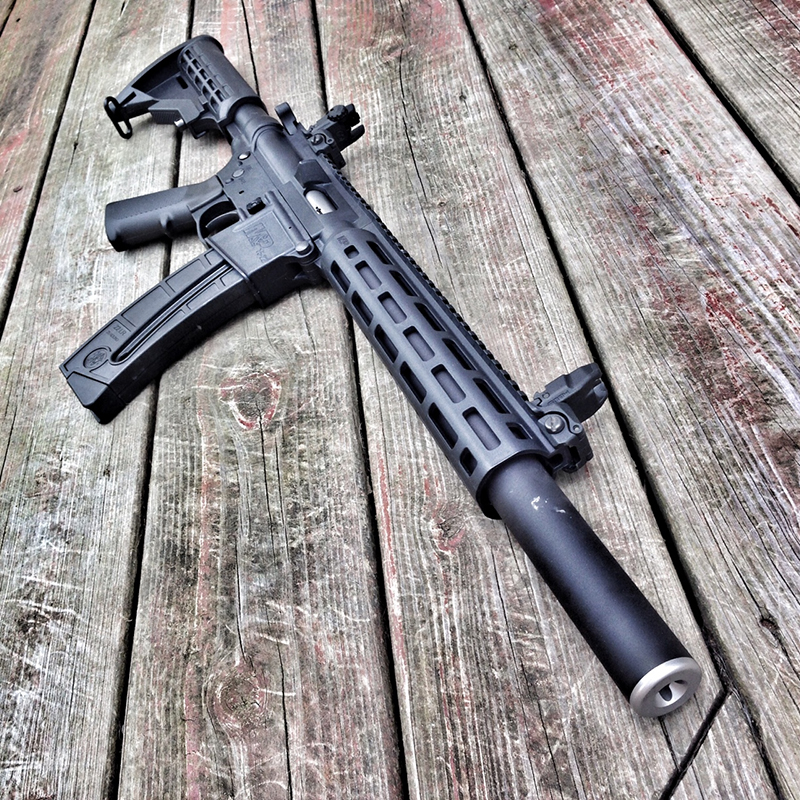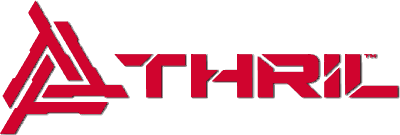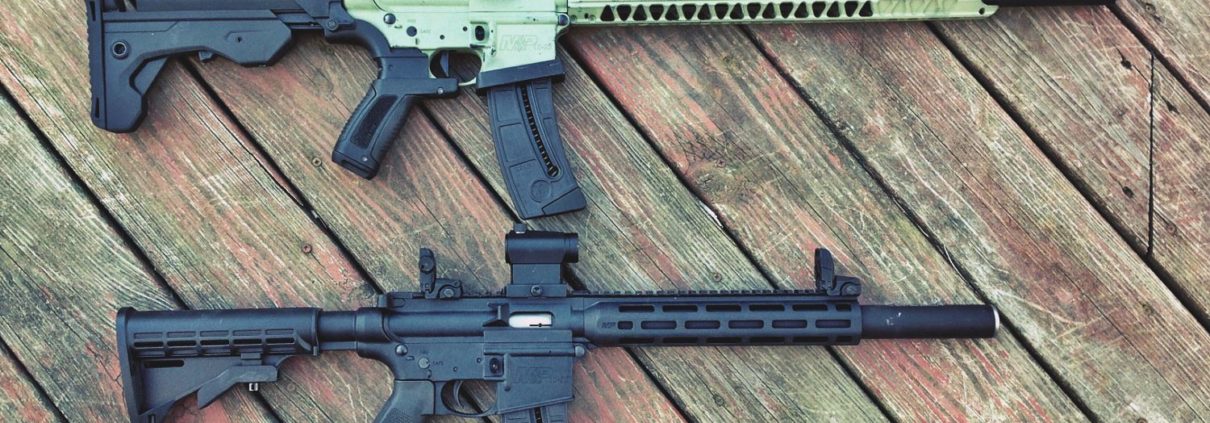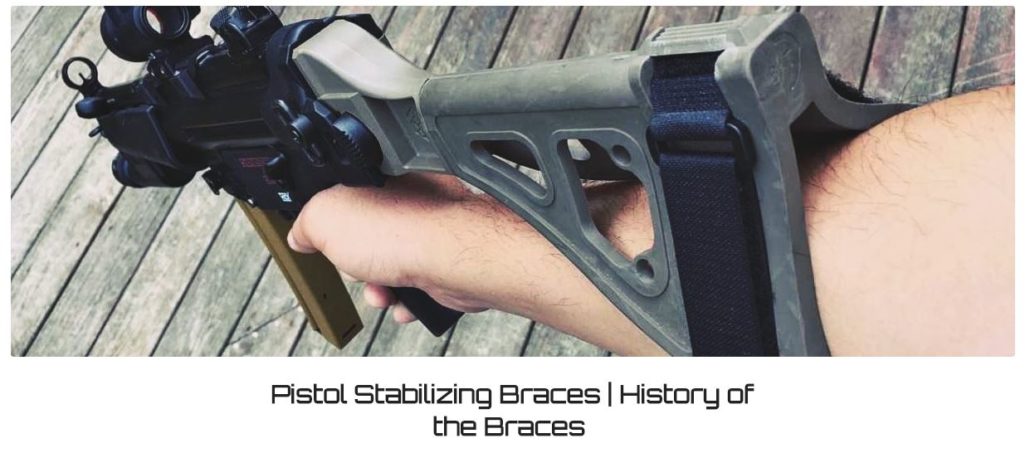Are Integral Suppressors Worth the Hype?
Recently, suppressors have found their share of the spotlight in the shooting community. Firearm enthusiasts are outfitting more and more rifles with sound suppressors, or silencers as the government terms them. According to the ATF there are nearly 1 million legal suppressors in circulation in America today. The market for rifle customization has skyrocketed in recent years, and the number of accessory manufacturers has grown right alongside the trend for custom rifles and parts. Adding a suppressor to your rifle takes a little more than just a threaded barrel, there are details to consider in regards to the type of suppressor, the law, and the rifle itself. In fact, a threaded barrel might not even be required as you’ll learn in this discussion of integral suppressors.
Types of Rifle Suppressors
There are three types of suppressors on the market today. Most shooters and people familiar with the firearm industry will quickly identify the most common, the screw on suppressor.
• Screw On Suppressor-
Screw on suppressors are easy to add onto a threaded barrel, and are commonly available in most mainstream centerfire and rimfire calibers. Adding a screw on suppressor onto the popular AR-15 rifle, a bolt action rifle, or even a semi automatic pistol requires a threaded barrel, a compatible bore size, and an ATF stamp.
• Quick Attach Suppressor-
Another type of suppressor available for shooters today is the quick attach suppressor. Quick attach suppressors use a type of either locking or non-locking adaptor or muzzle break that threads onto the rifle barrel. The greatest advantage to using quick attach suppressors is the ability to swap a shooting suppressor between rifles that are not threaded the same. You will often find shooters who are running a 7.62mm suppressor on their 5.56mm rifle are using a quick attach system. Quick attach suppressors still require a threaded barrel for the adaptor to screw to, and the suppressor attaches to the adaptor. Another advantage to the locking quick attach suppressor setup is its ability to prevent the suppressor from coming unscrewed when doing high volume shooting, an issue that occurs with screw on type suppressors.
• Integral Suppressor-
One type of suppressor that is a totally new look and idea compared to the screw on and quick attach suppressor is the integral suppressor. Integral suppressors utilize sound suppression technology built directly into the rifle barrel. Choosing to shoot an integral suppressor requires you to either purchase an integrally suppressed rifle to start with, or to buy an integrally suppressed barrel for a rifle you already own. The idea of an integrally suppressed rifle barrel is gaining some traction in the shooting world, and for good reason. Technically, dropping an integrally suppressed upper into an AR-15 or a factory suppressed barrel from Ruger into your 10-22 is easy to accomplish. So here is a look at what the hype is all about.
Integral Suppressor Considerations
Advantages
Accuracy –
Integral suppressors offer improved accuracy over their screw on and quick attach cousins. Integral suppressors typically keep the weight of the suppressor technology balanced across the barrel and not hanging out over the end of the barrel on the muzzle, making for a balanced rifle that is easier to get on and keep on target. Because the suppressor is built into the rifle barrel, there is no impact shift to contend with. Impact shift is a concern when removing or adding a screw on or quick attach suppressor. Taking a suppressor on or off a rifle or pistol commonly changes the point of impact requiring zeroing a scope, tuning a red dot, or adjusting iron sights everytime you go from suppressed to not and back again.
Optics-
Because integral suppressors incorporate the sound suppression technology into the barrel without adding bulk and mass to the end of the muzzle, there are no issues with optics and sights being blocked. When mounting a scope or optical rail system onto a rifle with integral suppression, scope rings can be kept low to aid in optimal eye relief and accuracy.
Ergonomics-
Since the suppressor is actually built into the barrel on integrally suppressed firearms, manufacturers are able to make rifles shorter, lighter, and better handling than removable suppressors with the same DB reduction. Ergonomics are improved when the suppressor is built into the rifle on purpose. Handling, feel, and ease of use are improved with integrally suppressed firearms compared to detachable type suppressed weapons.
Heat Protection-
Heat buildup in a rifle suppressor is an issue that is common especially when running semi auto rifles with larger capacity magazines. In either .22 rimfire, 5.56 AR-15, or in higher powered AR-10, high volume shooting and rapid fire will overheat a detachable suppressor. Integral suppressors are not immune for heat buildup, but they can take considerably more rapid fire. Integral suppressors are able to dissipate heat more efficiently than detachable suppressors, many even have built in heat protection in their design.
Disadvantages
It’s apparent that integral suppressors have many advantages over removable firearm suppressors. With so many reasons to choose an integral suppressor, why are they not as common among shooters? There are some disadvantages to consider when investigating integrally suppressed rifles.
Legal Issues-
Each suppressor a shooter owns requires a $200 federal tax stamp issued through the ATF. The biggest advantage to removable suppressors is the ability to use a single suppressor on multiple weapons. Generally, integral suppressors do not lend themselves to sharing between guns, and each integrally suppressed firearm requires its own $200 stamp. The legal requirement of a $200 stamp for each suppressor owned essentially increases the cost of any integrally suppressed firearm by $200.
Replacement-
Suppressed barrels on integrally suppressed firearms have a unique serial number identifying the issued tax stamp for that suppressor. If a barrel becomes damaged or worn out, shooters can’t just drop in a new suppressed barrel. If you must replace the serialized portion of your integrally suppressed weapon, the barrel, the replacement requires its own $200 stamp in addition to the cost of the new barrel and returning the firearm back to the manufacturer for repair or replacement.
Loaning Your Rifle-
Most states allow shooters to loan their personal firearms to other residents of the same state. It’s not uncommon for an uncle or grandpa to loan a deer rifle for the season, or brothers or friends to borrow a rifle for a test drive before buying one of their own. Loaning of suppressors, or silencers is prohibited by federal law. Loaning, or borrowing a suppressor, either integrated or detachable is a federal offense.

Putting it All Together
Sound suppressed firearms offer shooters an alternative to risking tinnitus and hearing loss due to loud recoil. The use of a suppressor not only makes shooting more enjoyable, but safer for the shooters and others at the range as well. The largest disadvantage to running a sound suppressor of any type is the legal cost and wait period. Integral suppressors seem to compound the legal issue by tying the firearm itself to the suppressor serial number, tax, and form.
There is a movement in the shooting community to ease the burden of owning a suppressor through legislation and the Federal Hearing Protection Act. The hope is suppressors will be deregulated from the 1934 National Firearms Act and treated as simply an accessory to a firearm. Getting traction in congress and momentum to get a bill passed is not easy or fast. If shooters are successful in helping to pass common sense firearm suppressor legislation, the issues surrounding an integral suppressor for your rifle may be a thing of the past.




